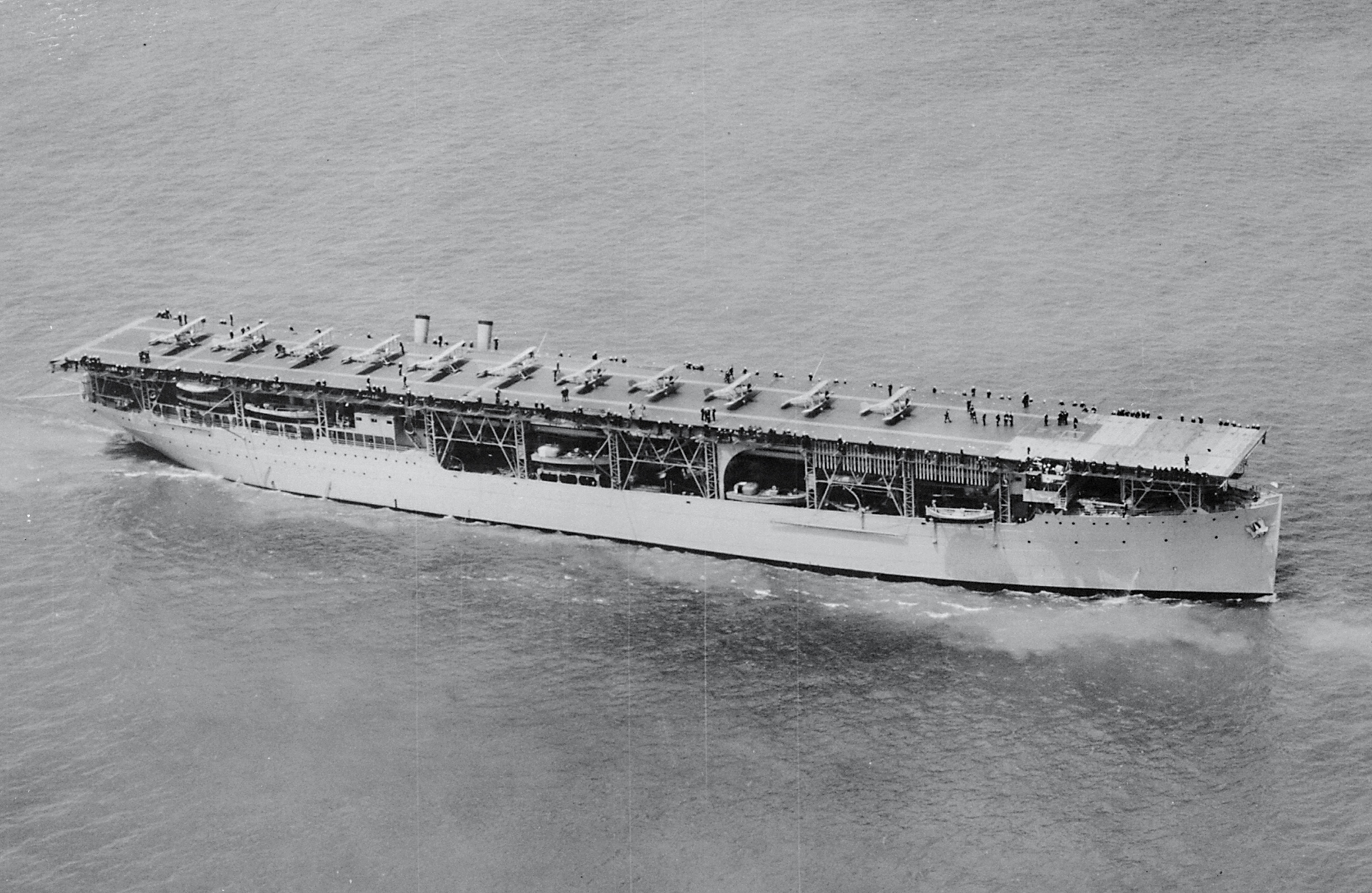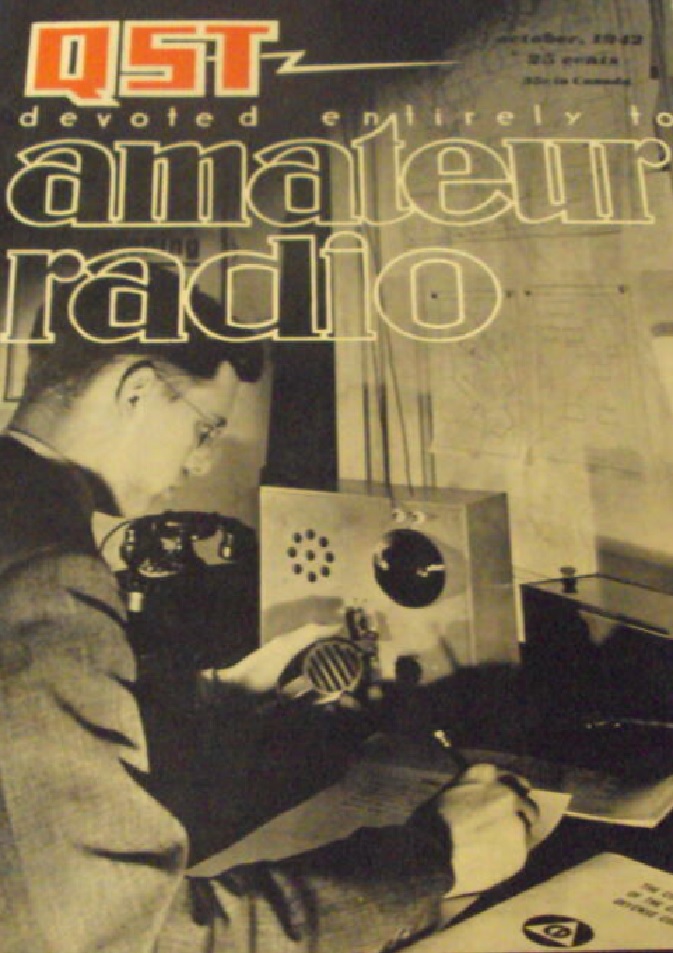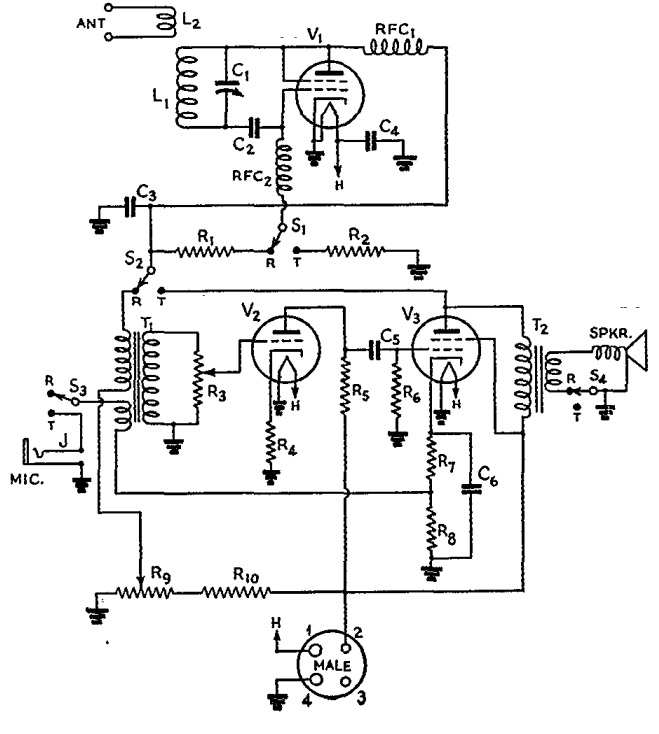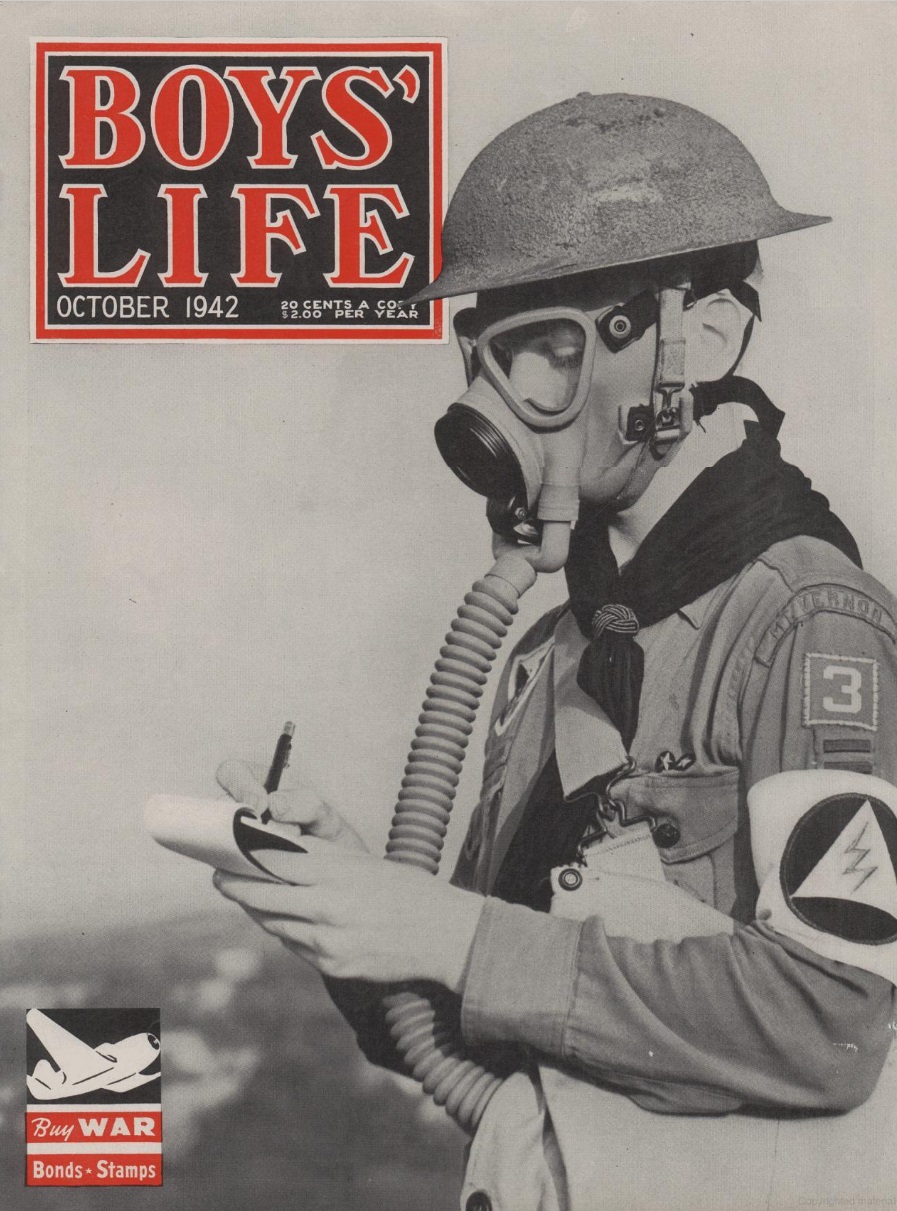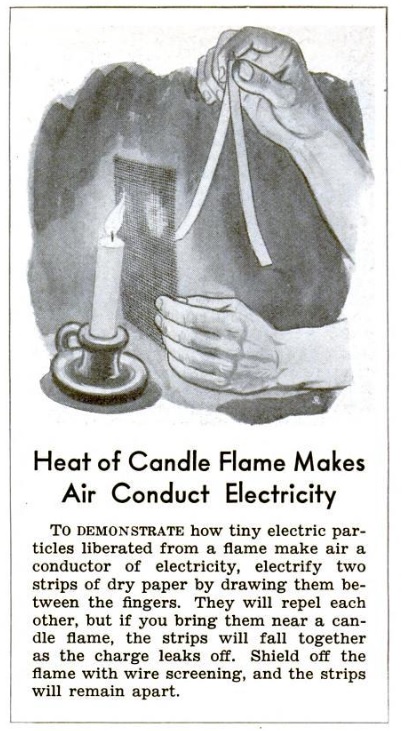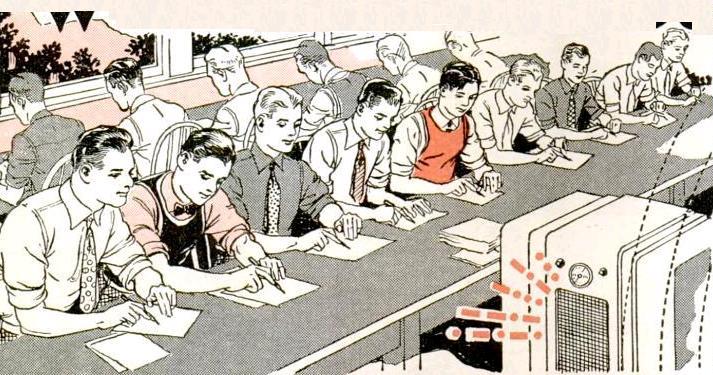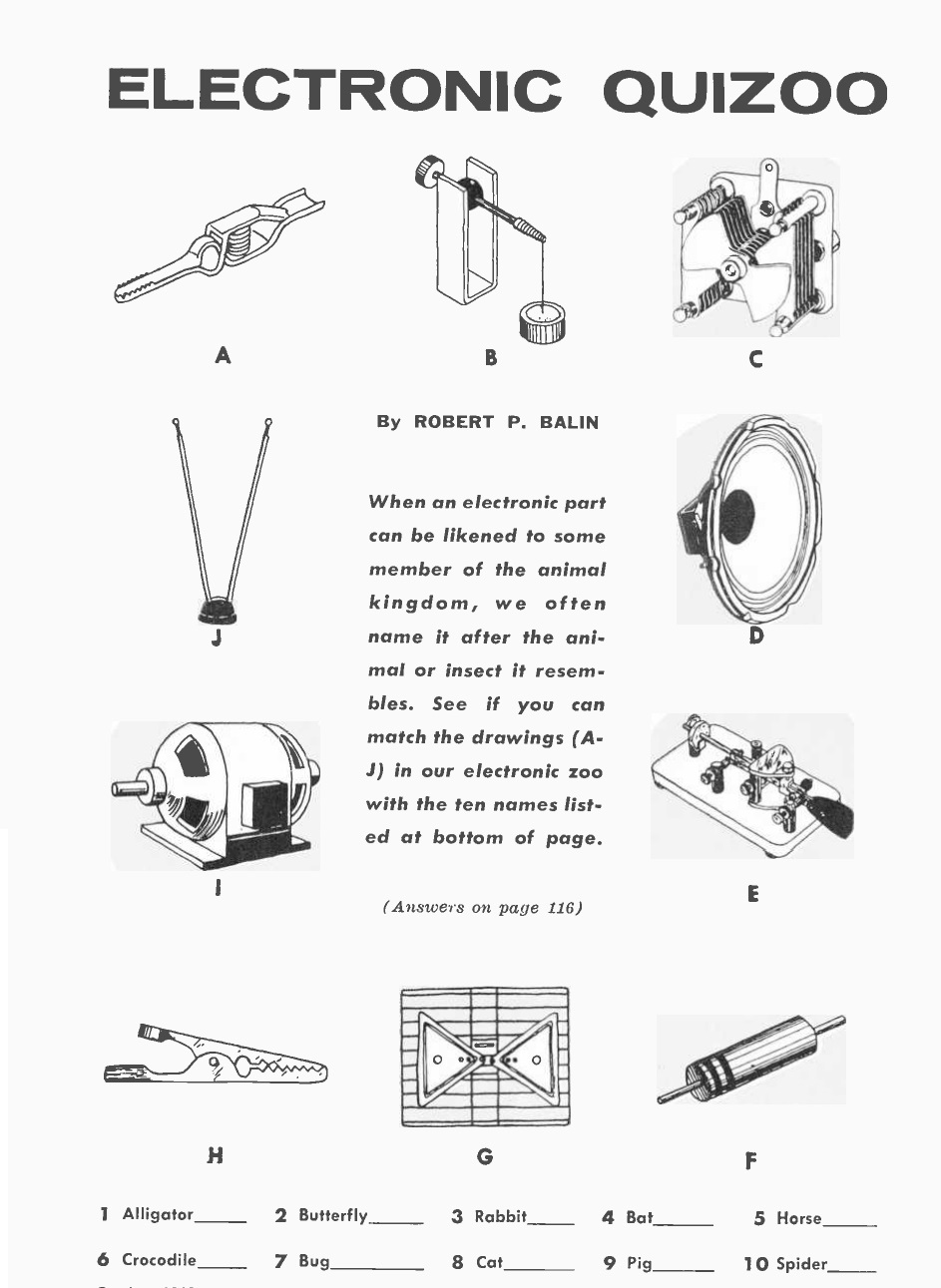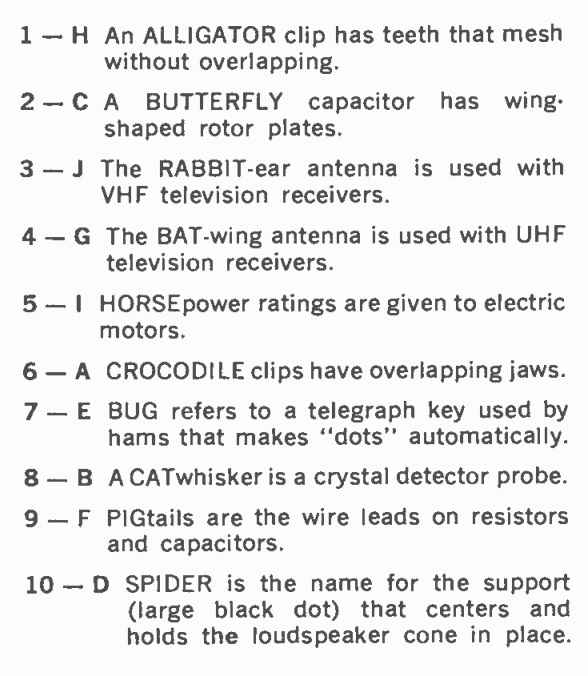According to President Biden, until now, “we have not faced the prospect of Armageddon since Kennedy and the Cuban Missile Crisis.” This appears to be one case where the President is right. While I don’t think that a nuclear war is likely, it is certainly possible, and more likely than it was a couple of years ago.
When the subject of nuclear war comes up, it seems to prompt a great deal of fatalistic resignation. Of course, if someone is within a mile or so of a nuclear blast, then they will almost certainly die, no matter what precautions they take. And within a certain distance, their situation will be dire, with even very great precautions. But for a certain segment of the public, there are a number of things you can do to increase your chances of survival. And in many cases, minor preparations might increase your chances significantly.
It seems to me that if the United States is attacked with nuclear weapons, it is quite possible that it will be a limited attack. I’m not sure if the Russians still have the capability of delivering an end-of-the-world style attack on all of the country’s population centers. On the other hand, they (and a few other countries) almost certainly have the capability of successfully attacking a number of critical targets. It’s also quite conceivable that there will be an attack against other countries, which would result in worldwide supply chain disruptions.
Therefore, it seems rather plausible that there would be scenarios under which much of the country is untouched by the immediate effects of nuclear weapons, but with disruptions so great that many systems would cease to function. These could include the power grid, communications systems, and transportation systems. That means that a lot of stuff that we can normally get from Walmart or Amazon won’t be available.
Americans are resourceful, and they’ll generally figure out some kind of substitute. For example, if you don’t have fuel to heat your home, you can always resort to the time-honored tradition of burning your furniture. If there’s no gas for your car, then you can just walk if you really need to go somewhere. And if the water stops running, you can catch rain water, or even get water from a local lake and boil it.
Emergency Food Supplies
 But one thing that doesn’t have a very good substitute is food. Most Americans have a surprisingly large amount of food in their house at any given time, but it won’t last forever. And one thing that will happen is that you’ll quickly run out of major staples. If a can of pumpkin and a bottle of ketchup is all you have in the kitchen, it will certainly sustain life for another day. But it would be better if you could produce something similar to your normal diet. And eventually, you’ll eat the last can of pumpkin.
But one thing that doesn’t have a very good substitute is food. Most Americans have a surprisingly large amount of food in their house at any given time, but it won’t last forever. And one thing that will happen is that you’ll quickly run out of major staples. If a can of pumpkin and a bottle of ketchup is all you have in the kitchen, it will certainly sustain life for another day. But it would be better if you could produce something similar to your normal diet. And eventually, you’ll eat the last can of pumpkin.

 When I did the Ration Challenge, one thing I discovered is that you can eat reasonably good meals at a very low price. My diet for a week consisted mostly of the following items, and the quantities below would be about the right amount for one person for one month.
When I did the Ration Challenge, one thing I discovered is that you can eat reasonably good meals at a very low price. My diet for a week consisted mostly of the following items, and the quantities below would be about the right amount for one person for one month.
If you look for sales, you can probably do it cheaper, but those ingredients will cost you about $30. Together, they will ensure that one person will have enough food for one month. And, of course, you have other food in your house to add a little variety. (In particular, I discovered that if you are subsisting on a diet of rice, lentils, and chickpeas, it will be lot more palatable if you have some chicken bouillon.)
Most of these items can be stored essentially forever, but they are also items that you will use in your normal diet. So when you use a bag of flour from your emergency storage for normal use, you can just buy another bag to replace it. And if items do get close to their expiration date, you can donate them to the food shelf and buy a replacement.
With just these items available, you’ll survive a famine. Even if your diet is going to be potentially lacking something, it probably wouldn’t hurt to stock up on some multivitamins.
If you have more people, or want to make sure you have enough food for more time, you can add. The amounts shown above are about what you would need for one person for one month. So if you have four people and want to guarantee that they can eat for three months, you would multiply the quantities above by twelve. And, of course, your tastes might vary, and you might want to substitute. For example, if you like oatmeal, then about 25 pounds of it will provide all of the calories you need for a month. You can go to the dollar store and buy it today. It wouldn’t be a particularly balanced diet, but you would survive. Think of it as insurance. For a small premium you pay today, you know that you will have food for yourself and your family. And you will also be in a position to help feed your friends and neighbors. It’s one thing to declare that you’ll allow yourself to starve to death after a nuclear war. But wouldn’t it be more humane to have some ability to help others?
Other Supplies to Consider

 FEMA has some good basic information on their website about how to prepare for a nuclear explosion. They include a list of supplies for a disaster. You probably already have most of them, but we would be remiss in not mentioning a portable radio, since it might be your only source of information in an emergency. We’ve covered that topic previously, and your most economical option is a battery-powered radio and a lot of spare batteries. But especially in a situation where batteries might never be available again, you might consider getting an inexpensive solar and/or crank radio, such as the one we reviewed here. (And don’t forget a flashlight, hopefully one that takes the same batteries as your radio.)
FEMA has some good basic information on their website about how to prepare for a nuclear explosion. They include a list of supplies for a disaster. You probably already have most of them, but we would be remiss in not mentioning a portable radio, since it might be your only source of information in an emergency. We’ve covered that topic previously, and your most economical option is a battery-powered radio and a lot of spare batteries. But especially in a situation where batteries might never be available again, you might consider getting an inexpensive solar and/or crank radio, such as the one we reviewed here. (And don’t forget a flashlight, hopefully one that takes the same batteries as your radio.)
Having Information on Hand

 In peacetime, the Internet is an excellent source of information, and one particularly good resource to have available in an emergency is the book Nuclear War Survival Skills. But, of course, after the first bomb drops, it’s quite possible that there will no longer be an Internet. It doesn’t cost anything, so it wouldn’t hurt to download a copy now to your laptop, tablet, and/or phone. You can get it free at this link. We have more free survival books you might consider downloading at this link.
In peacetime, the Internet is an excellent source of information, and one particularly good resource to have available in an emergency is the book Nuclear War Survival Skills. But, of course, after the first bomb drops, it’s quite possible that there will no longer be an Internet. It doesn’t cost anything, so it wouldn’t hurt to download a copy now to your laptop, tablet, and/or phone. You can get it free at this link. We have more free survival books you might consider downloading at this link.
Potassium Iodide

 On your list of things to worry about during a nuclear war, the effect of radioactive iodine on your thyroid is pretty low down the list. But the cost of protecting your thyroid is extremely low, as long as you plan in advance. Therefore, we also recommend buying some potassium iodide for use in a possible future emergency, and we have more information at this link.
On your list of things to worry about during a nuclear war, the effect of radioactive iodine on your thyroid is pretty low down the list. But the cost of protecting your thyroid is extremely low, as long as you plan in advance. Therefore, we also recommend buying some potassium iodide for use in a possible future emergency, and we have more information at this link.
Measuring Radiation
Once you’ve downloaded Nuclear War Survival Skills, you can begin constructing your Kearny Fallout Meter, a homemade radiation detection device. However, it’s a rather time consuming design to duplicate, and requires some patience to operate. Fortunately, you probably already own the hardware required for measuring radiation–your cell phone. The phone has a camera, and it turns out that most cell phone cameras are sensitive not only to visible light, but to gamma radiation. The GammaPix app puts this phenomenon to work and uses the camera to measure radiation. (You need to cover up the lens with electrical tape to prevent visible light from interfering with readings.) You can purchase the full version for about $6.99 for Android or $14.99 for Apple, and there’s also a free version available for Android.
For more information about the app, see the review at Popular Science. Of course, in the absence of a radioactive landscape, I haven’t really been able to test it, but it does appear to function. In an emergency, at the very least, it would allow you to find areas with lower radiation, even if you couldn’t trust the exact numbers. And from the reviews I’ve read, the actual numbers are apparently fairly accurate. It seems like a prudent thing to download prior to an emergency.
Some links on this site are affiliate links, meaning this site earns a small commission if you make a purchase after using the link.
